Power Amps & Attenuators
1-22 of 22 productsFilter
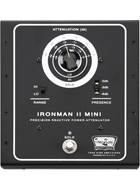
Tone King Ironman II Mini Attenuator
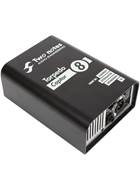
Two Notes Torpedo Captor 8 Ohm Reactive Loadbox
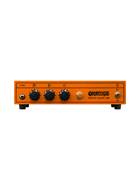
Orange Pedal Baby 100 Power Amplifier
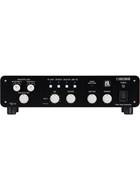
BOSS WAZA-TAE Tube Amp Expander
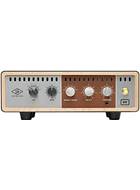
Universal Audio OX Amp Top Box
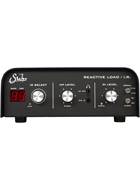
Suhr Reactive Load I.R.

Electro Harmonix 44 Magnum Power Amp
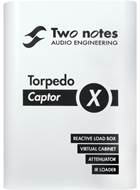
Two Notes Torpedo Captor X 16 Ohm
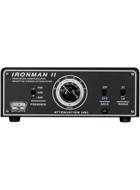
Tone King Ironman II 100W Attenuator
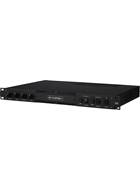
Synergy Amps SYN-5050 Guitar Power Amp
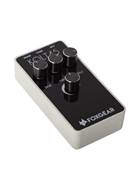
Foxgear Kolt45 Miniamp 45W Rms Guitar Amplifier
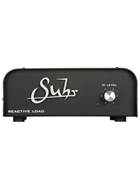
Suhr Reactive Load Box
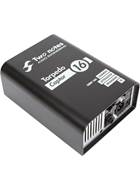
Two Notes Torpedo Captor 16 Ohm
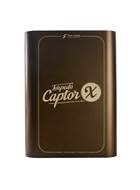
Two Notes Captor X SE Special Edition Compact Reactive Load Box 8 Ohm
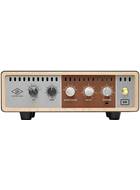
Universal Audio OX Amp Top Box (Nearly New) #214220015016603
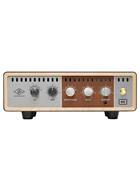
Universal Audio OX Amp Top Box (Ex-Demo) #20482015013376
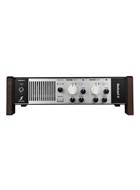
Two Notes Torpedo Reload II
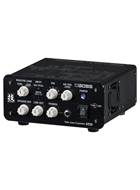
BOSS W-TAE CORE Waza Tube Amp Expander Core
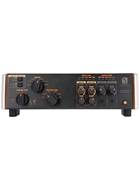
Palmer Supreme Soaker Analog Dynamic Tube Amp Hub
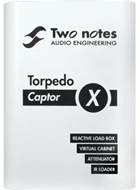
Two Notes Torpedo Captor X 8 Ohm Reactive Load Box

Seymour Duncan Powerstage 700

ISP Stealth Pro Power Amp
About Power Amps & Attenuators
Power amps and attenuators used to be relatively simple devices. A guitar amp attenuator has made it possible to crank amps at low volumes and power amps were the link between preamps and speakers. Nowadays, with the rapid development of digital technology, guitar power amps and attenuators can have a plethora of applications at home, in the studio and on stage.
The job of a power amp is to drive a speaker. In all guitar amps, there is both a preamp to create the sound and a power amp to create the volume. Stand alone power amps are useful for guitarists who use their pedal board to create their sound and want to run it directly into a speaker rather than a traditional guitar amp. Power amps are also useful if you are running a set of passive speakers for a PA System. Passive speakers don't have a built in power amplifier and need a separate power amp to drive the speakers.
Attenuators allow you to enjoy the full power of your amplifier - both at its preamp and power amp stages - but intercept the signal before the speaker, so that you have more control of the overall volume. They do this by showing the speaker the correct ‘load’ or resistance. ‘Reactive load’ boxes have different resistances at particular frequencies, accurately replicating a real speaker.
Attenuators often now have the ability to take a ‘line out’ for silent recording. Many even have built-in ‘Impulse Responses’ or ‘IRs’. IRs are digital simulations of both speakers and rooms which enables you to have a natural amp sound without going through a real speaker. This is ideal for quiet home recording and for consistent live sound.
Why Should I Choose a Power Amp or Attenuator?
- Have greater control of your sound at home and on stagey
- They can be simple devices or all-in-one tools for amp recording
- Often equipped with Impulse Responses and line outs
